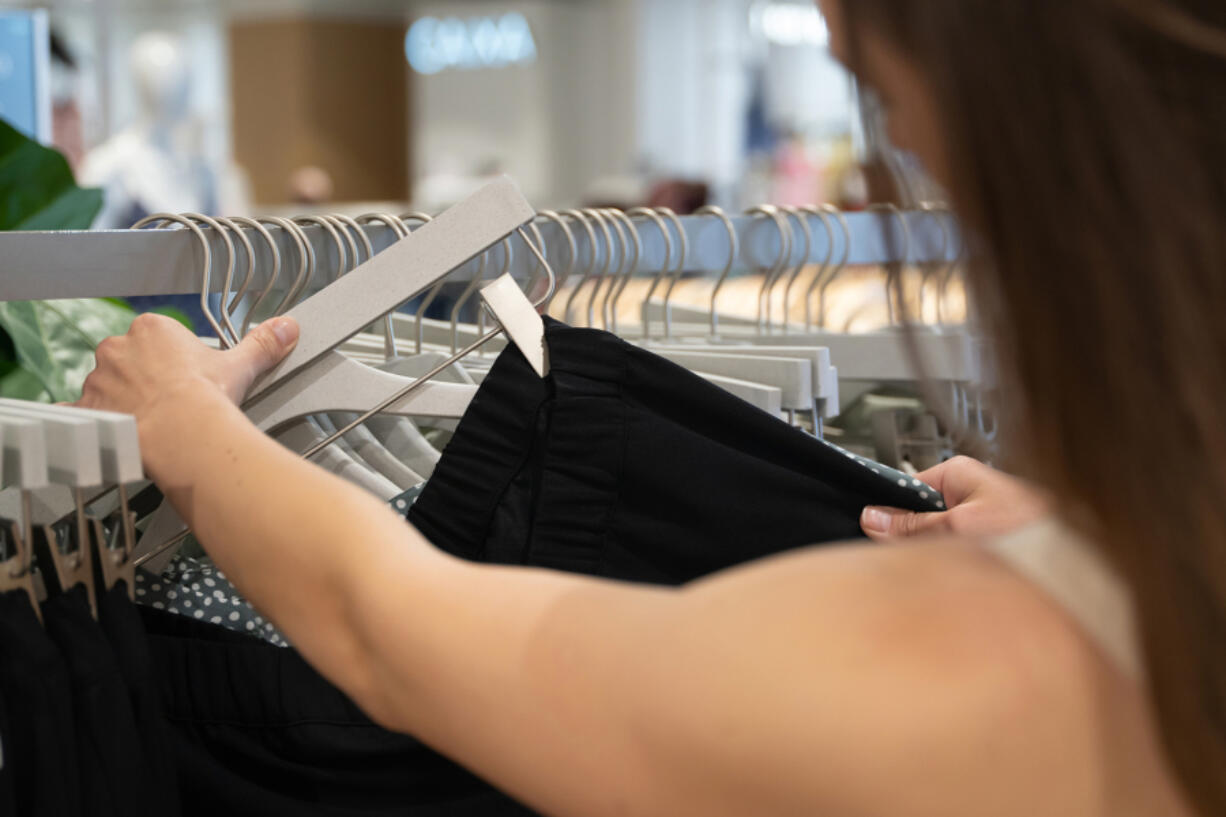“No, you’re doing it wrong. Your feet need to touch each other.”
That was what my friend told me in the high school bathroom. It was 2013, and we were staring at ourselves in the mirror, trying to discern whether we had it. It, being the tiny sliver of air between the legs that every insecure girl yearned for: a thigh gap. All around the world, millions of girls my age were engaged in a similar toxic exercise. They aspired to be a model-thin “It Girl,” just like Cara Delevingne.
By now, we all know what a poisonous trend this was. But a decade later, Gen Z and Gen Alpha are at risk of reincarnating it. On TikTok, a number of tweens in the “Sephora generation” have recently made videos promoting “legging legs,” which is exactly as vile as it sounds: thin legs being the only ones that “look good” in leggings. There’s even a viral soundbite that goes with it: “Nothing in my life is fair,” Paris Geller says wistfully in Gilmore Girls. The text on one video reads: “When you see a girl with perfect legging legs.”
Have we not learned our lesson?
TikTok didn’t exist in 2013, but Tumblr did — and it provided a perfect breeding ground for eating disorders. Acquiescent teens began to glorify “Ana” — internet code for “anorexia.” Hashtags like #anorexi4, #an0rex1c and #sk1nny proliferated online by skirting around any censoring with its letter and number combinations and put countless adolescents at risk. Although much progress has been made since then, “legging legs” is a regressive idea that threatens to dismantle the body-positive messages of today.
Luckily, many TikTokers feel the same way. An outpouring of millennials and older Gen Zers criticizing legging legs are bucking the original trend: “Do we understand what we are doing to the younger generation of women?” Emily Pearl, a social media consultant and content creator, asked in a video. “Do we understand that there are 15-year-old girls that wear leggings every single day that now feel that they cannot wear leggings because they don’t have legging legs?”



